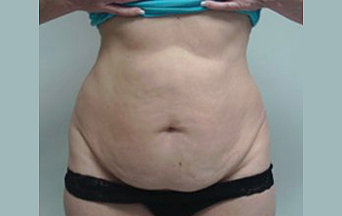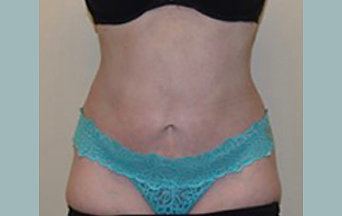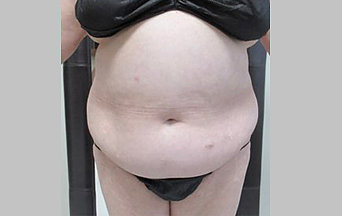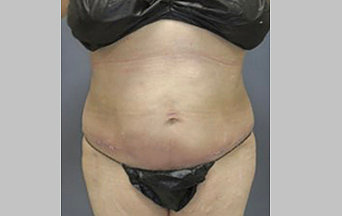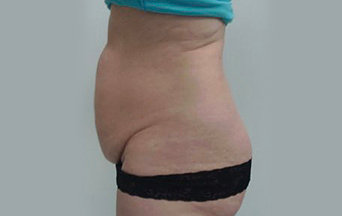For some people, regular exercise and a strict diet aren’t enough to achieve a midsection that they’re happy with. You can be fit and have a healthy weight, yet still develop a tummy that sticks out more than you’d like or is loose or sagging. Bodies can change over time due to different factors, such as:
- The normal aging process
- Pregnancy
- Previous surgeries
- Changes in weight
Sometimes these changes come down to genetics.
If you’re dissatisfied with the appearance of your midsection and have struggled to correct it, you’re not stuck feeling that way. One solution that helps many people achieve a more aesthetically pleasing midsection is the mini tummy tuck.
Mini Tummy Tuck: An Overview
The goal of is a flatter abdomen. When performing this procedure, a plastic surgeon removes stubborn deposits of fat—as well as excess skin—found in the lower abdomen. This procedure is performed under local or general anesthetic.
The Difference Between a Mini Tummy Tuck and a Traditional Tummy Tuck
The mini tummy tuck and traditional tummy tuck are two different types of abdominoplasty. When performing a traditional tummy tuck, a plastic surgeon works on the full abdomen, going into the muscular layer to tighten loose abdominal muscles. He or she also removes excess skin. In this way, the traditional tummy tuck corrects both muscular weakness and skin laxity (looseness). A mini tummy tuck, on the other hand, is not as invasive as a traditional tummy tuck because a plastic surgeon only removes excess abdominal skin and small fat deposits (usually from just the lower abdominal area). He or she also only tightens muscles in the lower abdomen.
The Difference Between a Mini Tummy Tuck and Liposuction
During a mini tummy tuck, your surgeon can take out just as much fat as he or she would during liposuction. One advantage is that he or she can also remove loose skin below your bellow button, if this is your concern.
Who’s Eligible for a Mini Tummy Tuck?
The procedure is best suited to patients who have only loose abdominal skin below the belly button. A mini tummy tuck can be performed no matter how much fat you have. If you have loose abdominal muscle, or loose skin above your belly button, a traditional tummy tuck may be more effective. Generally, you are a good candidate for a mini tummy tuck procedure if:
- You are physically healthy and at a stable weight.
- You have realistic expectations.
- You don’t smoke.
- You are bothered by the appearance of your abdomen.
Does a Mini Tummy Tuck Cause Scars?
A mini tummy tuck is an invasive surgery that involves incisions to remove excess fat and skin. This means some scarring will occur. For the procedure, you can expect a horizontal scar from hip to hip (or slightly smaller than this). With proper post-op scar care, scars can fade well. In many cases they fade enough that they are no longer noticeable. The scars can also be hidden. Generally, a mini tummy tuck removes less skin than a full tummy tuck. This means it can also leave behind a less noticeable scar. If you don’t have a lot of excess skin and want minimal scarring, then a mini tummy tuck might suit you better than a full tummy tuck.
Your Mini Tummy Tuck Consultation
During your one-on-one consultation with one of our board-certified and fellowship-trained cosmetic surgeons, you’ll discuss the following:
- Your desired outcome and expectations
- Your medical history, as well as any current medical conditions
- Your current use of prescription drugs, dietary supplements, alcohol, tobacco and/or recreational drugs
- Allergies
- The use of anesthesia during the mini tummy tuck procedure and any potential risks involved
This will be a thorough discussion, after which your doctor will make a professional recommendation based on your individual needs. He can help you understand whether a mini tummy tuck, a traditional tummy tuck, or liposuction is better for you. After you speak, he or one of his medical associates will take photographs of your midsection. These images will help you visualize how the procedure can change your midsection and improve your body’s overall shape.
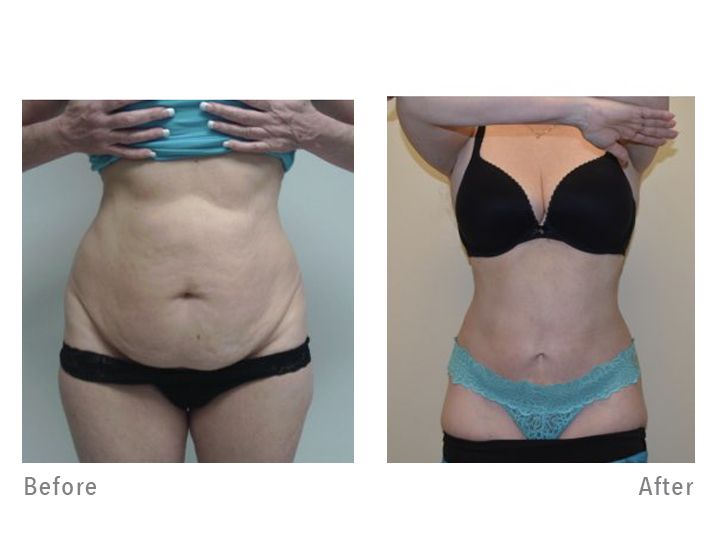
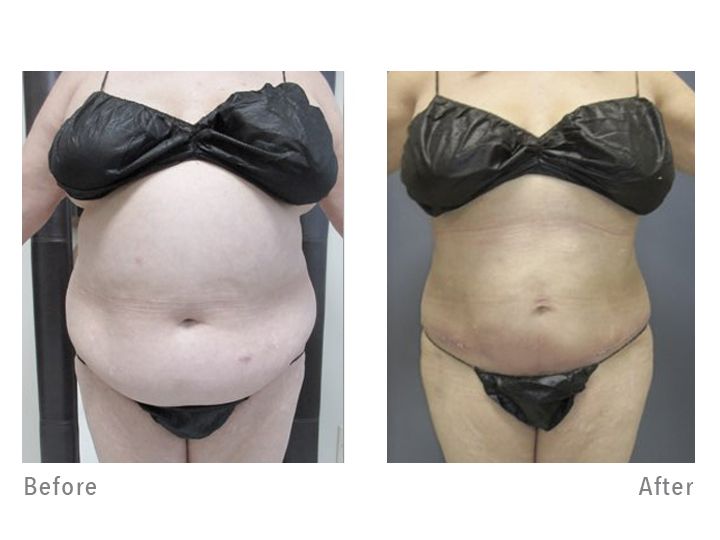
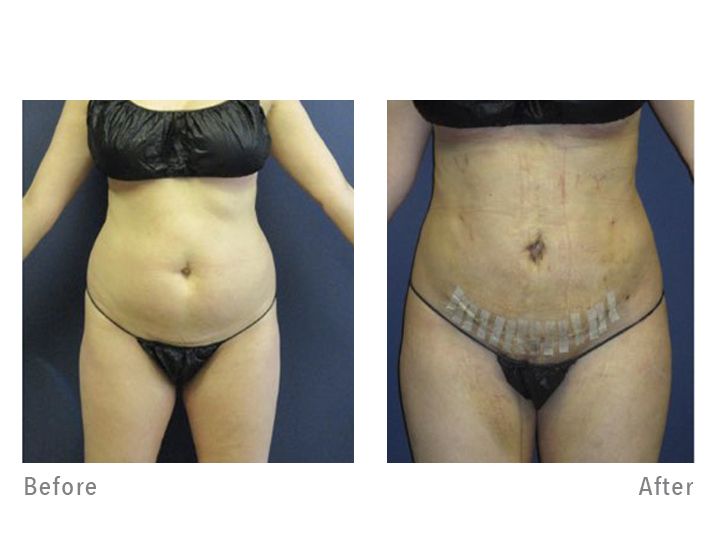
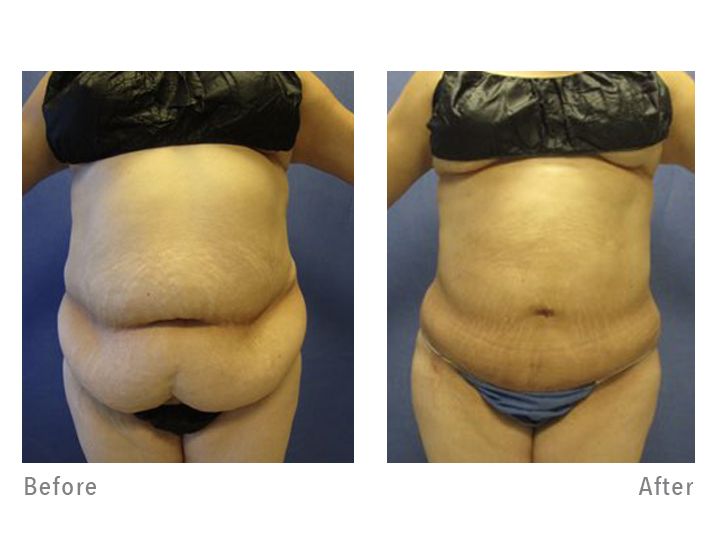
The Mini Tummy Tuck Procedure
Most mini tummy tuck procedures last one to two hours. To begin with, the treatment area is cleansed, then incision guidelines are marked. Simple procedures usually involve a local anesthetic and a sedative, while more complex treatments may require the use of general anesthetic. During the procedure, your doctor usually makes only one incision. This is because repositioning the navel isn’t necessary. Moving the belly button may be necessary in a full abdominoplasty since this procedure also targets the upper abdomen. If you get, your plastic surgeon will make the single incision just above your pubic area. It will expose the abdominal wall, allowing your doctor to remove excess fat and skin. After doing so, the incisions are closed with sutures, skin adhesives, or clips.
Post- Tummy-Tuck Care and Recovery
Your doctor may recommend an overnight hospital stay, or he may find that you are able to go home the same day. Since a mini abdominoplasty is less invasive than a traditional abdominoplasty, it is less likely that you will require an overnight stay. Still, you will be expected to stay put after your surgery for a few hours. Since the surgery involves tightening your lower abdominal muscles, you will experience some discomfort during the first week following treatment. Within a week, you will be able to resume driving, cooking, and other daily activities. We find that most patients can return to work in four days. You will need to wear a compression garment (similar to a girdle) after the procedure. This tight-fitting garment will help to reduce swelling and provide support while you heal. Depending on the surgery, you may need to wear the garment for several weeks. Any pain, bruising, or swelling should subside in a few weeks.
Mini Tummy Tuck Risks
To know whether this procedure is right for you, it’s important to be aware of the risks involved. The potential risks associated with this cosmetic treatment include:
- Anesthesia complications
- Bleeding
- Accumulating fluid
- Poor wound healing
- Possibility of revision surgery
- Numbness or other changes in skin sensation
- Infection
- Recurring looseness of skin
- Death of fatty tissue (fat necrosis)
- Pain that persists
- Skin loss
- Discolored skin and/or prolonged swelling
- Unfavorable scarring
Your doctor will be sure to discuss these risks with you in full during your consultation with him. At DFW Center for Aesthetics and Cosmetic Surgery, we have your best interests at heart, so we are happy to take all the time you need to address your questions and concerns.
How to Pay for the Surgery
There are many different ways to pay for your mini tummy tuck procedure. Options include credit cards issued by Synchrony Bank (CareCredit®) and Comenity® Capital Bank (Alphaeon Credit®). You can also choose a secured loan from United Medical Credit or Enhance Patient Finance. United Medical Credit is suitable for prime and subprime lenders and has multiple plan options and flexible terms. You can also pay by:
- Credit card
- Cash
- Cashier’s check
- In-house financing
- Other types of loans
Going through life’s natural changes shouldn’t leave you feeling unconfident about how your body looks. At DFW Center for Aesthetics and Cosmetic Surgery, we’re here to help you achieve your ideal body appearance. Book your consultation today to discuss what’s best for you!


